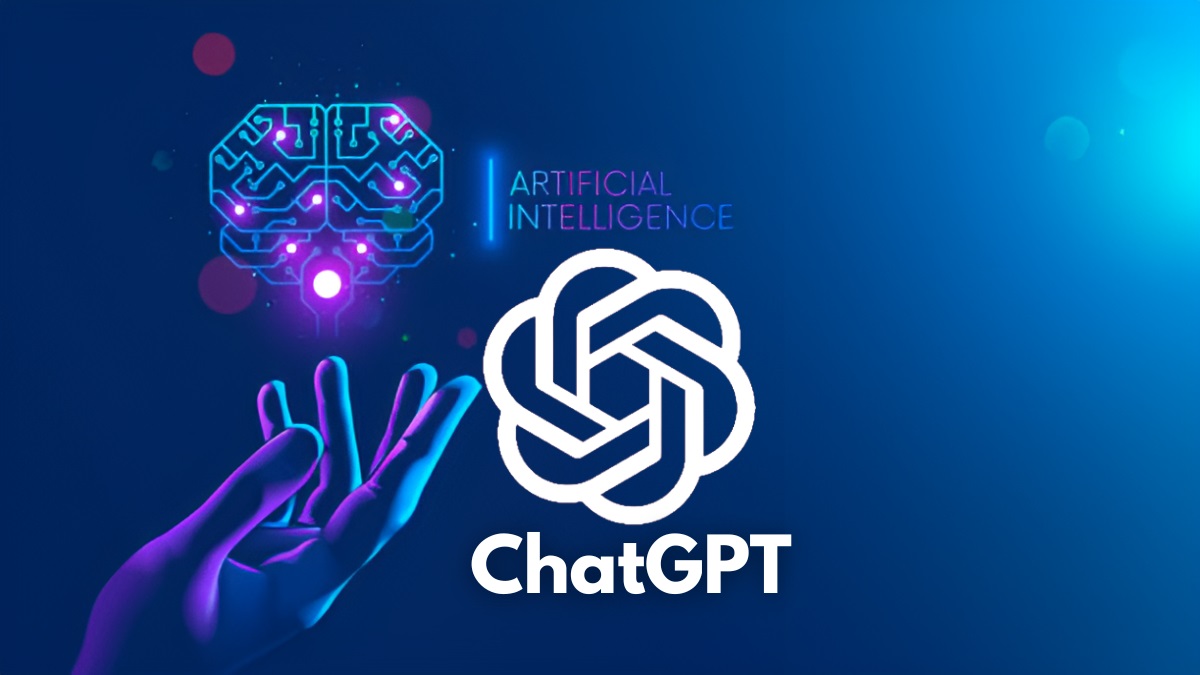ChatGPT, the artificial intelligence (AI) chatbot, continues to have internet users abuzz, given its ability to answer prompts on a stunning variety of subjects, create songs, recipes, and jokes, draft emails, and more. This advancement in technology has developed education in so many ways over the years. As good as that may sound, many teachers and students in Nigeria have not tried this masterpiece due to a lack of understanding of how it works and what it is capable of doing.
In a conversation with teachers in rural and urban areas of Lagos and Ogun, it may interest you that the majority of the teachers don’t know what this AI innovation is capable of doing.
Adeyemo Adisa from Lagos says ChatGPT and other generative AI technologies can help students, teachers, writers and even journalists learn things that aren’t always easy to teach and learn. “There are many tools that teachers and students can make use of to ease learning and make it fun but you see there are so many teachers and learners who don’t even know the benefits of AI and how to use it,” he says.
For better or for worse, technology in the classroom is here to stay, and more tech is being introduced all the time.

What is ChatGPT?
ChatGPT—the GPT stands for “generative pre trained transformer”—was launched by OpenAI in November 2022. It reached one million users in five days, according to OpenAI’s cofounder Sam Altman, and surpassed 100 million after two months, making it the fastest-growing consumer application in history and more is coming.
ChatGPT is an AI computer programme that uses its intelligence to receive, analyse and produce a response that mimics natural human language. The programme uses a transformer-based neural network with a massive database that the AI uses to analyse the input information and create a response. When a human user inputs questions or commands into ChatGPT, the AI processes the text and generates the answer based on the neural network data. Google is also nearing the public release of a rival to ChatGPT called Bard.
How can teachers use ChatGPT?
Extra resource
Think of ChatGPT like Google without having to sift through answers. For example, if a teacher is giving a lesson on the revolutionary War and there is a class discussion about why the war was started, Google would provide thousands of results for students to sift through. However, ChatGPT would provide a fast, concise, straightforward answer that students could read in real-time. ChatGPT can supplement discussions and give the teachers real-time answers in this way.
Assessments
ChatGPT can create assessments. Teachers can input information into the AI program and provide context, and ChatGPT will output a result. While it might take some tweaking, it can be a great starting point for teachers to use when creating assessments from scratch. For instance, a teacher could input a reading passage and ask ChatGPT to generate questions based on the content.
Grammar and writing
In the age of social media and text language, grammar and writing can be difficult for teachers to get across to students.
ChatGPT provides instant feedback for students, which can help them improve their writing skills. While AI should not replace a teacher’s lessons, it can serve as a practice tool for teachers to use in the classroom and a way to switch it up and provide something new for students.
Automation
Automation is everywhere and can help teachers streamline one of their most time-consuming tasks: grading. ChatGPT can grade and provide feedback on assignments, giving teachers more time to create engaging lesson plans and focus more attention on students.
How can students use ChatGPT?
Help with homework
ChatGPT is another resource students can use to get quick answers. You’ve probably seen students press the iPhone button and say, “Hey Siri….” Siri answers right away. ChatGPT is the same concept. For quick answers that they won’t have to sift through, ChatGPT can be great for homework.
Writing skills
There are several writing help tools out there, like NoRedInk and Grammarly. ChatGPT functions in a similar way. A student can type in a sentence and ask ChatGPT to correct it for them to see how it can be improved.
Feedback
Because ChatGPT is equipped with data analysis, a student could enter an essay into the text box and ask ChatGPT to provide feedback.
Artificial Intelligence (AI) is becoming more and more prevalent in our society, and its use is growing rapidly in various sectors, including education. As such, it is essential to teach students how to use AI technology ethically and responsibly.
Additionally, it’s worth noting that teaching students how to use AI technology ethically and responsibly can also help them become better critical thinkers and problem solvers, as they learn to analyse and evaluate the potential impact of AI on society and make informed decisions about its use. It can also prepare them for future careers, as AI technology is becoming increasingly prevalent in many fields. Overall, incorporating ethics and responsible use of AI into the curriculum can help create a generation of informed and thoughtful users who will shape the future of technology in a positive way.















